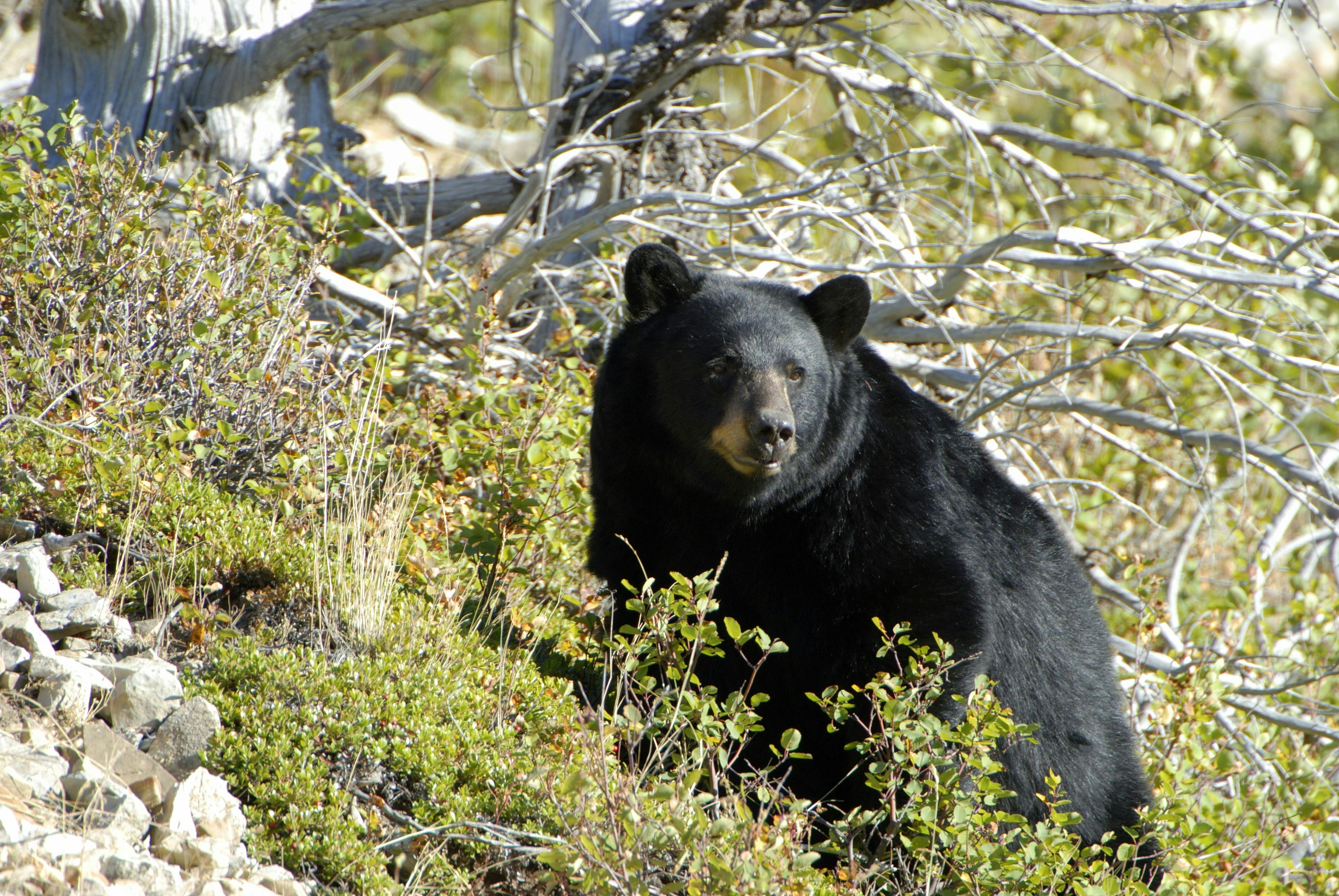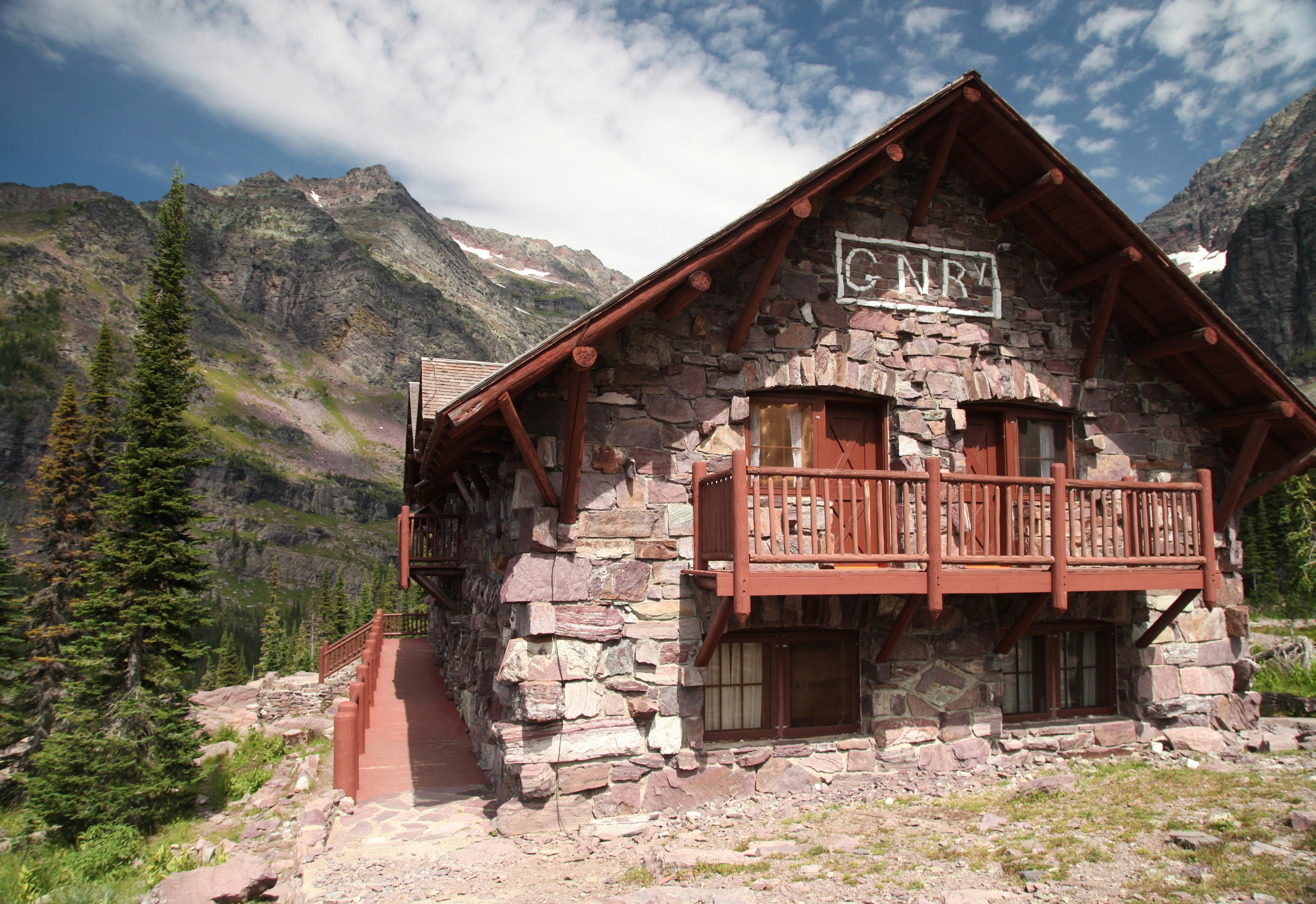
The 30 best countries, cities and regions to visit in 2025

Jul 12, 2022 • 8 min read

Follow our three-day itinerary along the breathtaking "Going To The Sun Road" © YinYang / Getty Images
An early product of the budding American conservationist movement in the 1910s, Montana's Glacier Park is a poster child for the US National Park movement and ranks alongside the likes of Yellowstone and Yosemite as one of the United States' most awe-inspiring natural wonders.
A lone road bisects a brilliant landscape of towering crown-of-the-continent mountains laced with plunging waterfalls and glassy turquoise lakes and surrounded by dense forests. In this virtually intact pre-Columbian ecosystem grizzly bears and wolves sit at the top of the food chain, while smart park management has kept the place both accessible and authentically wild.
The majority of the Glacier’s visitors don’t stray far from the Going-to-the-Sun Road, a 50-mile-long engineering marvel and national historic landmark built in the 1930s with the express purpose of making the park’s wilderness accessible to everybody. This itinerary incorporates the road’s “greatest hits” but also burrows north and south to the hubs of Many Glacier and the Two Medicine valley.
Enter the park via the West Gate and proceed two miles to Apgar Village. Get your bearings at the LEED-certified Visitor Center and admire the glassy expanse of Lake MacDonald backed by the brooding peaks of the Rockies. Eddie’s Café is a good place to fuel up before the drive east.
Arguably the most spectacular road in America, the historic Going-to-the-Sun Road starts by inauspiciously tracking the forested shores of Lake McDonald to an eponymous lodge, an obligatory pit-stop for anyone keen to get an eyeful of rustic “parkitecture” architecture. Beyond the lodge, the road begins a long ascent to Logan Pass switching back sharply at a tight bend known as “the Loop” and breaking out of the trees into sub-alpine terrain. It’s worth fighting for a parking spot at blustery 6646ft Logan Pass atop the Continental Divide where aspiring hikers can loosen their legs on the 3.2-mile round-trip Hidden Lake Overlook Trail while communing with Dall sheep, alpine flowers, and abundant species of tourist.
Subtle changes in vegetation appear as you descend on the road’s dryer eastern side. Worthwhile stops for short hikes include St Mary Falls and Sun Point – the latter offers fine views over bright-turquoise St Mary Lake. Both trails are around 1.7-miles round-trip with options to probe further into the wilderness.
Finish the day by descending to the eastern service village of St Mary with its visitor center and cluster of restaurants and accommodations.

Load up with breakfast in the Snowgoose Grille in the St Mary Village resort before heading north to the Many Glacier Valley, a natural potpourri of verdant meadows and rippling lakes anchored by the strategically positioned Many Glacier Hotel, deftly designed by the Great Northern Railway in 1915. Revel for a while in the hotel’s gorgeous main lounge with its raised stone hearth and then sign up for a three to four-hour afternoon boat and hike tour incorporating guided excursions on both Swiftcurrent and Josephine lakes.
Afterwards, motor back to St Mary stopping at Two Sisters Café just outside the tiny ranching community of Babb for an appetite-busting American dinner. As night closes in, roll into the Dusty Star Observatory next to the St Mary Visitor Center for a ranger-led after-dark astronomy program.
Head south to the quiet Two Medicine Valley, one of the park’s less-traveled corners imbued with Native American legends and endowed with all creatures great and small. You may find yourself with ursine company as you stroll the placid shores of Two Medicine Lake. Carry bear spray and keep a safe distance.
Back in the car, set the GPS for East Glacier, a tiny railway village dominated by the illustrious Glacier Park Lodge, a triumph of early 20th century "parkitecture" where you can recline on a rocking chair and study the Native American artwork.
Grab a coffee and sweet snack at the onsite Empire Café before driving for 60 miles along Highway 2 to West Glacier where you can liven up your afternoon with a half-day whitewater rafting trip on the Flathead River with a waterside barbecue dinner thrown in.
If you’ve got spare time on your hands (and a car), I strongly recommend paying a visit to Polebridge, an off-the-grid community located 27 miles up an unpaved road north of the park’s west entrance. Polebridge is a classic slice of frontier-spirit America, a quirky community of around 100 people, surrounded by nature and anchored by a 108-year-old mercantile that sells legendary huckleberry pastries.

This adventurous itinerary relies mostly on the excellent free national park shuttle system to get around and celebrates the park’s main raison d’être: backcountry hiking. To lighten your load, book ahead for overnight stays in the park’s two historic backcountry chalets. Bear in mind that the chalets get extremely busy and must be booked in advance. Reservations open in January. Alternatively, there are also wilderness campgrounds near both chalets. Again, book and apply for a permit in advance.
You’ll need to get to Many Glacier by bus for the start of this energetic itinerary. Spend the morning nosing around the historic lodge and grab a lightning-fast lunch at no nonsense ‘Nell’s, before setting off on the Swiftcurrent Pass trail. Winding for 6.8 miles through the Swiftcurrent valley, the trail ascends steeply through bear country via vertiginous switchbacks to a pass on the Continental Divide. From here, it’s another 1.2 miles to the lofty turnaround, an old fire lookout. After appreciating the vista, return to the pass and descend to the backcountry Granite Park Chalet where you can eat (freeze-dried food), drink, sleep and be merry. If it's full, you'll need to camp.
From the chalet it’s a spectacular 7.6-mile above-the-treeline traverse to Logan Pass on the Highline Trail across the steep, flower-strewn expanses of the "Garden Wall". For an extra adrenalin rush, you can scramble up to the Grinnell Glacier Overlook on the Continental Divide (extra two miles) or carry on along the popular Hidden Lake trail (extra three miles) when you reach Logan Pass. Free park shuttles head back to civilization in Apgar Village on the Going-to-the-Sun Road every 15 minutes. Enjoy the scenery.
On day three, loaf around Apgar Village and enjoy some "R 'n' R" by Lake MacDonald. Kayaks and canoes are available for rent for those who simply can’t chill. The nearby Visitor Center is the go-to place to analyze trail conditions, chat with rangers and see what free evening programs are on offer. It’s well worth strolling the two miles into West Glacier in the evening to indulge in craft beer and calorie loading steaks at the Belton Chalet Grill & Taproom.

On the morning of day 4, take the free park shuttle from Apgar, changing buses at Logan Pass and continuing down the eastern side of the continental divide to the Jackson Overlook and the start of the two-day 20-mile+ Gunsight Pass trail.
It's a magnificent journey, most of it above the treeline, taking in lakes, alpine meadows and touch-the-sky passes topping out at 7055ft. Gunsight Pass at the 9.2-mile mark is on the Continental Divide; Lincoln Pass, three miles further on, is the trail’s highest elevation. The backcountry Sperry Chalet (13.3-miles), rebuilt after a 2017 fire, provides three proper cooked meals and overnight rest in basic private rooms or camping nearby.
After a night at the Sperry Chalet, you have two options. Proceed directly down to the finish line on the shores of Lake McDonald (6.7-miles, all downhill), or incorporate a lengthy side-trip by scrambling up to the hulking but retreating Sperry Glacier (approximately seven miles extra). Ranger-led hikes are sometimes available here.
Whichever route you choose, a post-hike beer and burger in the bar at Lucke’s Lounge in the Lake McDonald Lodge is de rigueur. From here, free park shuttles will motor you back to Apgar Village and the West Entrance.
The cross-continental railway was one of America’s finest but most overlooked inventions and helped open up Glacier to ordinary citizens. For me, arriving on the overnight Empire Builder train from Seattle is an integral part of the park experience. Not only is the journey magnificent, but the train drops you right in West Glacier and within walking distance of the park entrance.
There are 13 front-country campgrounds within the park. Eight are first-come, first-served; five can be booked in advance; six are accessible to RVs; and three are open year-round. Prices range from $10 to $23 per night.
There are 65 designated walk-in backcountry campsites. A $7 permit must be procured in advance to use them.
To enter the park, you must purchase a seven-day pass which costs $35/20 per car/individual.
All vehicles using the Going-to-the-Sun and North Fork roads must pre-register under a new park pilot scheme designed to reduce congestion. Reservations are available 120 days in advance and can be booked online at recreation.gov.
The best time to visit for good weather and the widest variety of activities is between Memorial Day (late May) and Labor Day (early September). Outside these times, weather can be fickle, and many facilities are closed. However, to avoid crowds and reduce overall park congestion, shoulder season (Apr-May & Sep-Oct) is also a viable option.
The park is located in northwest Montana. The nearest hub town is Whitefish. The nearest airport is Glacier Park International Airport in Kalispell, 26 miles to the southwest.
Amtrak’s Empire Builder train stops close to the park’s east and west entrances with connections to Chicago and Seattle.